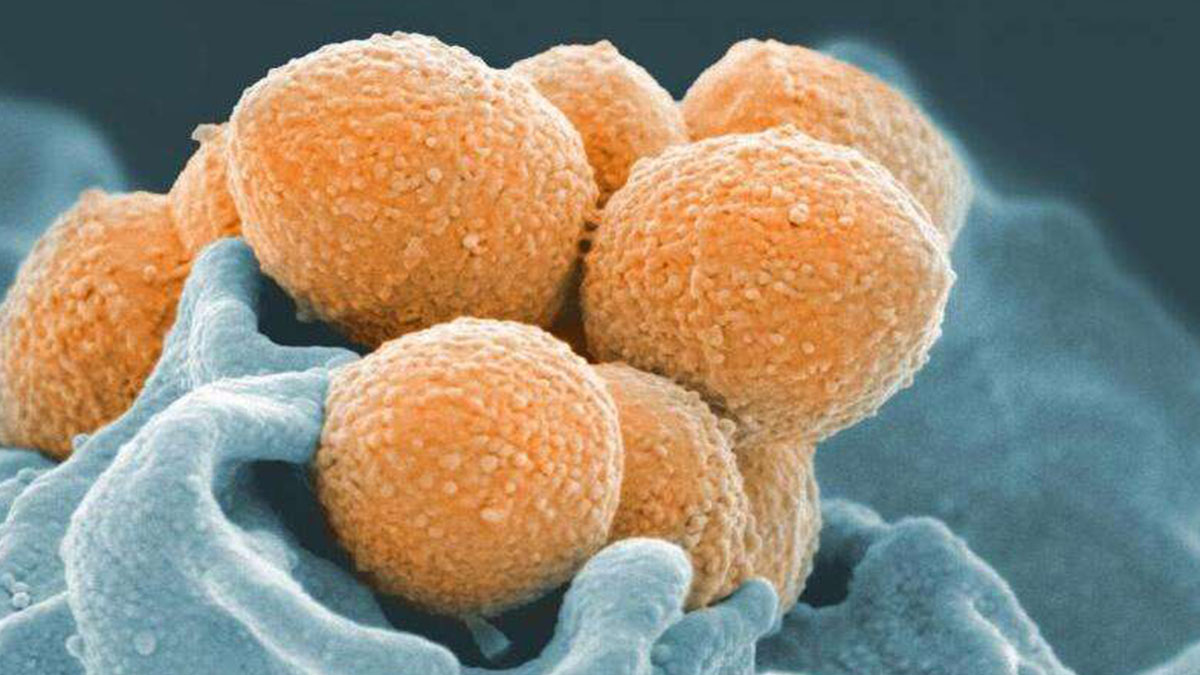
Researchers from the Houston Methodist Research Institute have shed new light on a concerning rise in severe infections caused by a strain of bacteria called Streptococcus dysgalactiae subspecies equisimilis (SDSE). SDSE is known to cause infections that range from mild cases of strep throat to life-threatening diseases like necrotizing fasciitis, also known as flesh-eating disease. As SDSE becomes more prevalent globally, scientists are delving into its genetic and functional mechanisms to better understand how it causes these severe infections and how to counter its growing antibiotic resistance.
What is Streptococcus dysgalactiae subspecies equisimilis (SDSE)?
SDSE is closely related to Streptococcus pyogenes, also known as Group A streptococcus (GAS), which is a common cause of strep throat and has been studied extensively. However, SDSE differs from GAS in that it can infect multiple areas of the body, including the skin, throat, gastrointestinal tract, and female genital tract. Due to its ability to cause a wide range of infections, understanding how SDSE operates and evolves is crucial for developing effective treatments and preventive measures.
- Primary Infection Sites: SDSE can infect areas such as the throat, skin, gastrointestinal tract, and genital tract.
- Range of Infections: SDSE infections can vary significantly in severity, from mild conditions like pharyngitis to severe cases of necrotizing fasciitis.
The Growing Threat of Antibiotic Resistance
One of the most alarming findings about SDSE is its increasing resistance to commonly used antibiotics. This resistance makes treating infections more challenging and raises concerns about SDSE’s potential to cause widespread, difficult-to-treat infections. As the bacteria evolve, it can become resistant to medications that previously controlled it effectively, requiring more advanced interventions.
Research Highlights: A Closer Look at SDSE
The research team led by Dr. James M. Musser and Dr. Jesus M. Eraso used an integrative genomic approach to examine a specific SDSE strain known as stG62647. The team analyzed samples from 120 human SDSE isolates to study how the bacteria’s genome, gene expression patterns, and virulence factors contribute to its ability to cause disease.
- Genomic Analysis: The researchers examined the DNA of SDSE to understand its genetic composition and how its genes contribute to its survival and pathogenicity.
- Transcriptomic Analysis: They studied the bacteria’s gene expression to get a real-time view of which genes were active when the cells were collected, providing insights into the bacteria’s response to its environment.
- Virulence Studies: By analyzing virulence, the team could assess how aggressive the bacteria are and how much damage they can cause in their human hosts.
Key Findings from the Study
The integrative approach used in this study helped identify key insights into SDSE’s characteristics and behavior. Researchers discovered that the stG62647 strain of SDSE has unique genetic traits that could explain why it often causes more severe infections than other SDSE strains. These insights are essential for vaccine development and could potentially lead to more effective treatments for SDSE infections.
How SDSE Causes Severe Infections
The findings suggest that SDSE’s genome has specific features that make it highly virulent, meaning it has a greater potential to cause severe infections. Some of these features could include genes that allow the bacteria to evade the immune system or produce toxins that damage human tissues.
- Virulence Genes: SDSE stG62647 was found to possess virulence genes that may contribute to its ability to cause severe infections.
- Immune Evasion: The bacteria can potentially avoid detection by the immune system, allowing it to persist and cause more significant damage.
- Toxin Production: Certain genes may be responsible for the production of toxins that damage human tissues, leading to more serious infections like necrotizing fasciitis.
Potential Implications for Vaccine Development
This research has opened the door to potential vaccine development by providing valuable data on SDSE’s genetic structure and behavior. With a better understanding of SDSE’s pathogenic mechanisms, scientists can now explore creating a vaccine to protect against severe SDSE infections, similar to the vaccines available for other bacterial infections.
Next Steps in SDSE Research
While this study has provided important insights, much remains unknown about SDSE. Future research will aim to build on these findings by exploring additional strains, understanding the mechanisms behind its antibiotic resistance, and testing possible treatments or vaccines.
- Further Genetic Studies: Scientists will continue to study SDSE’s genome to identify additional genes associated with virulence and antibiotic resistance.
- Antibiotic Resistance Mechanisms: Researchers will investigate how SDSE becomes resistant to antibiotics and explore potential treatment options.
- Potential Vaccine Development: The team is interested in translating these findings into a preventive vaccine to reduce the prevalence of severe SDSE infections.
References
- Eraso, J.M., et al. (2024). Integrative genomic, virulence, and transcriptomic analysis of emergent Streptococcus dysgalactiae subspecies equisimilis (SDSE) emm type stG62647 isolates causing human infections. mBio. DOI: 10.1128/mbio.02578-24
- American Society for Microbiology (2024). “Emerging Strains of SDSE Pose New Challenges for Infection Control.”
